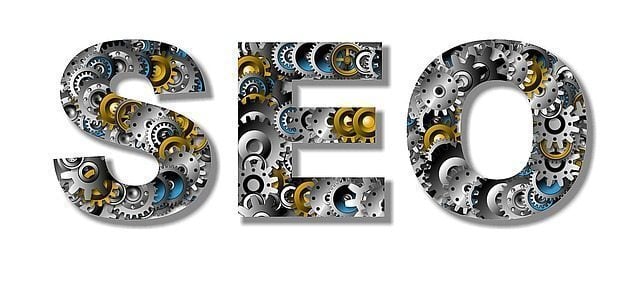As an entrepreneur, you should keep up with business trends to ensure you’re using the latest practices and strategies. Technology can help you streamline efficiency and productivity while also helping you reach and retain a broader audience.
Sponsored: Visit our Dell partner page for discounts and exclusive offers
Here are three technology trends to keep up with during 2018.
- Evolution of online threats
With the growing threats of hackers, startups should plan on investing in cybersecurity tools and software to protect their company’s and customers’ information. Currently, 90 percent of small businesses don’t provide protection against cyberattacks. Most believe they won’t be targeted because they don’t provide as large of monetary benefits as larger companies do, yet 70 percent of attacks are aimed at small businesses because they’re unprotected.
Cyberattacks are predicted to get more complex as technology continues to evolve. While artificial intelligence (AI) provides businesses with a greater chance to drive positive customer experience, it comes with its own risks, as well. Phishing, fraud and AI-powered password guessing are just a few of the predicted online threats to come this year.
While AI comes with its risks, it can also help protect your business from attacks if you utilize the right software and tools. AI can use machine learning tools to predict and identify attacks. You can also budget time and funding for patch testing and application testing. When you test your system, you see exactly where your strengths and weaknesses are and can act upon these weaknesses before hackers do.
Related: 3 Technology Trends to Watch in 2018
- Mobile impact grows
Mobile continues to grow for consumers, with 51 percent of website traffic coming from mobile and the average time spent on mobile devices reaching five hours a day. To increase your website’s traffic, focus on your mobile strategies this year in a variety of ways.
First, simplify your mobile app or make your website mobile-friendly if you haven’t already. Implement a navigation menu that’s simple to use and is present on all pages. This reduces the number of clicks needed to navigate your site, and consumers will enjoy being able to find what they want with ease. Your startup’s information should also be easily-presented and easily understood. Your mobile search engine optimization (SEO) will also improve once you’ve made these modifications to your website, which can leave you with better rankings, especially in your local search.
Second, focus on mobile payments. Cash currently remains the most popular form of payment, but non-cash transactions rose 11 percent between 2014 and 2015. What’s more: it’s projected that 56 percent of consumers will use mobile payments by 2020. Check payments continue to decline, and mobile payments can help you with your invoicing needs as they give your clients and customers multiple ways to pay you. Cashless payments include credit and debit cards, mobile wallets like Apple Pay, Samsung Play and Google Play as well as in-app, in-browser and person-to-person (P2P) payment platforms (Venmo, PayPal, Messenger, etc.)
Finally, you should improve your website’s speed, user experience and SEO through your accelerated mobile pages (AMP). AMP pages can greatly affect your website’s traffic and conversions. E-commerce sites with AMP pages see a 20 percent increase in sales than those without, and 51 percent of online users are more likely to click a page with AMP results.
Sign Up: Receive the StartupNation newsletter!
- Augmented reality versus virtual reality
Virtual reality (VR) was predicted to evolve and be adopted quickly by businesses, but augmented reality (AR) has made the move, instead. AR shows to be more cost- and user-friendly for both startups and consumers (VR units are limited around the world, whereas AR technology can be found in most smartphones).
With AR, consumers are immersed into virtual environments with a more personalized and complex experience. Your startup should create these environments which show customers how your products and services can help them (for example, Pokémon Go, Ikea Place, Snapchat Lens Studio). VR offers deeper immersion into virtual environments, but it comes with heavier price tags for high-end devices.
However, neither AR nor VR will be mass adopted for a few years as the technology continues to evolve. To keep up with (or even ahead of) the AR trend, improve your AR training and ideation process for your products or services.
To improve your startup’s efficiency and productivity, you need to keep up with industry tech trends. These three technological trends can help you increase your customer experience and retention while also boosting your workflow in 2018.






